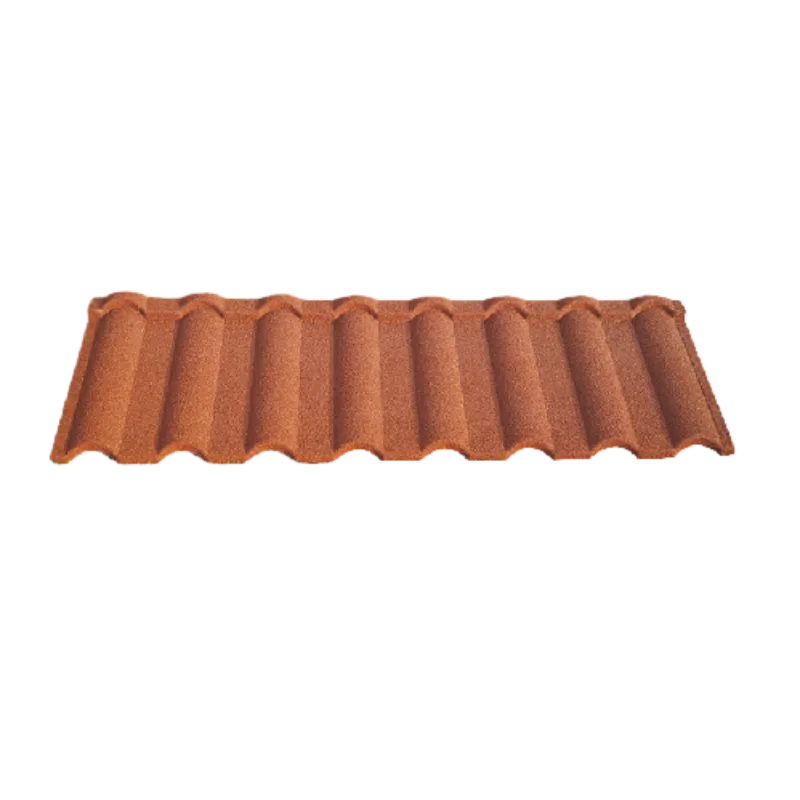
Dec . 05, 2024 14:29 Back to list
high albedo asphalt
High Albedo Asphalt A Sustainable Solution for Urban Heat Islands
As urbanization continues to expand globally, one of the most pressing environmental challenges faced by cities is the Urban Heat Island (UHI) effect. This phenomenon occurs when urban areas experience significantly higher temperatures than their rural surroundings, primarily due to human activities and the materials used in city infrastructure. A critical factor contributing to this heat difference is the dark surfaces of conventional asphalt pavements, which have low albedo (the reflectivity of a surface). High albedo asphalt has emerged as a sustainable solution to alleviate some of these heat issues, offering attractive benefits for urban planners and environmentalists alike.
The albedo effect is a crucial concept in understanding how different surfaces absorb and reflect solar energy. Traditional asphalt roads typically have a low albedo, often around 0.05 to 0.15, meaning they absorb about 85-95% of the sunlight that hits them, converting it into heat. In contrast, high albedo asphalt, which can reflect as much as 30% to 60% of solar radiation, helps mitigate temperature rises in urban environments. This innovative material is typically lighter in color and can incorporate reflective aggregates or special coatings that enhance its reflectivity.
One of the primary benefits of high albedo asphalt is its potential to significantly lower surface and ambient temperatures in urban areas. Studies have shown that using high albedo materials can reduce surface temperatures by up to 10 degrees Fahrenheit or more during peak daylight hours. This temperature reduction can have cascading effects on overall energy consumption, particularly in reducing the demand for air conditioning in nearby buildings. Less ambient heat translates to lower energy use, which can lead to decreased greenhouse gas emissions from power plants.
High albedo asphalt also contributes to improved air quality and reduces heat-related health risks. High temperatures are linked to increased ozone formation, which can exacerbate respiratory problems and other health conditions. By lowering surface temperatures, high albedo asphalt can help decrease the concentration of ground-level ozone and improve overall air quality in dense urban areas. Additionally, mitigating heat can reduce the risks of heat exhaustion and heat strokes in vulnerable populations, such as the elderly and those with preexisting health issues.
high albedo asphalt

Another compelling aspect of high albedo asphalt is its potential for enhancing urban aesthetics and promoting sustainability. Lighter-colored pavements create a different visual appeal, allowing for innovative urban design opportunities. Cities can integrate these materials alongside green spaces, combining greenery with reflective surfaces to create more visually engaging and environmentally friendly landscapes. Moreover, the use of high albedo materials can contribute to meeting sustainability goals in urban planning, aligning with initiatives aimed at combating climate change and improving resilience.
Despite its advantages, there are challenges to the widespread adoption of high albedo asphalt. Some municipalities may be hesitant due to initial costs, as high albedo materials can be more expensive than traditional asphalt. However, when considered over the long term, the energy savings, air quality improvements, and reduced heat health risks often outweigh the initial investment. Education and advocacy concerning the benefits of high albedo materials can play a significant role in driving adoption.
Moreover, ongoing research and development are crucial in optimizing the performance and durability of high albedo asphalt. Innovations in materials science can lead to more affordable and resilient products that maintain their reflective properties over time, thus ensuring long-term benefits.
In conclusion, high albedo asphalt presents a promising avenue for mitigating the urban heat island effect and promoting sustainable urban development. By harnessing the power of light reflection, cities can create cooler, healthier, and more energy-efficient environments for their residents. As urban areas continue to grow, embracing such innovative solutions will be essential in addressing the challenges posed by climate change, contributing to more resilient cities for future generations.
-
Stone Coated Metal Roof Tile-Nosen Tile: Durable & Stylish Roofing Solution
NewsJul.26,2025
-
Mosaic Shingles: Durable Roofing, Compare 3 Tab vs Architectural Styles
NewsJul.25,2025
-
Stone Coated Metal Roof Tile-Roman Tile for Durable Elegant Roofing
NewsJul.24,2025
-
Stone Coated Metal Roof Tile-Nosen Tile: Durable & Stylish Roofing
NewsJul.23,2025
-
Durable Tiles Made of Clay for Modern Cladding Solutions
NewsJul.22,2025
-
Stone Coated Roman Tile Metal Roofing - Durable & Elegant
NewsJul.22,2025







